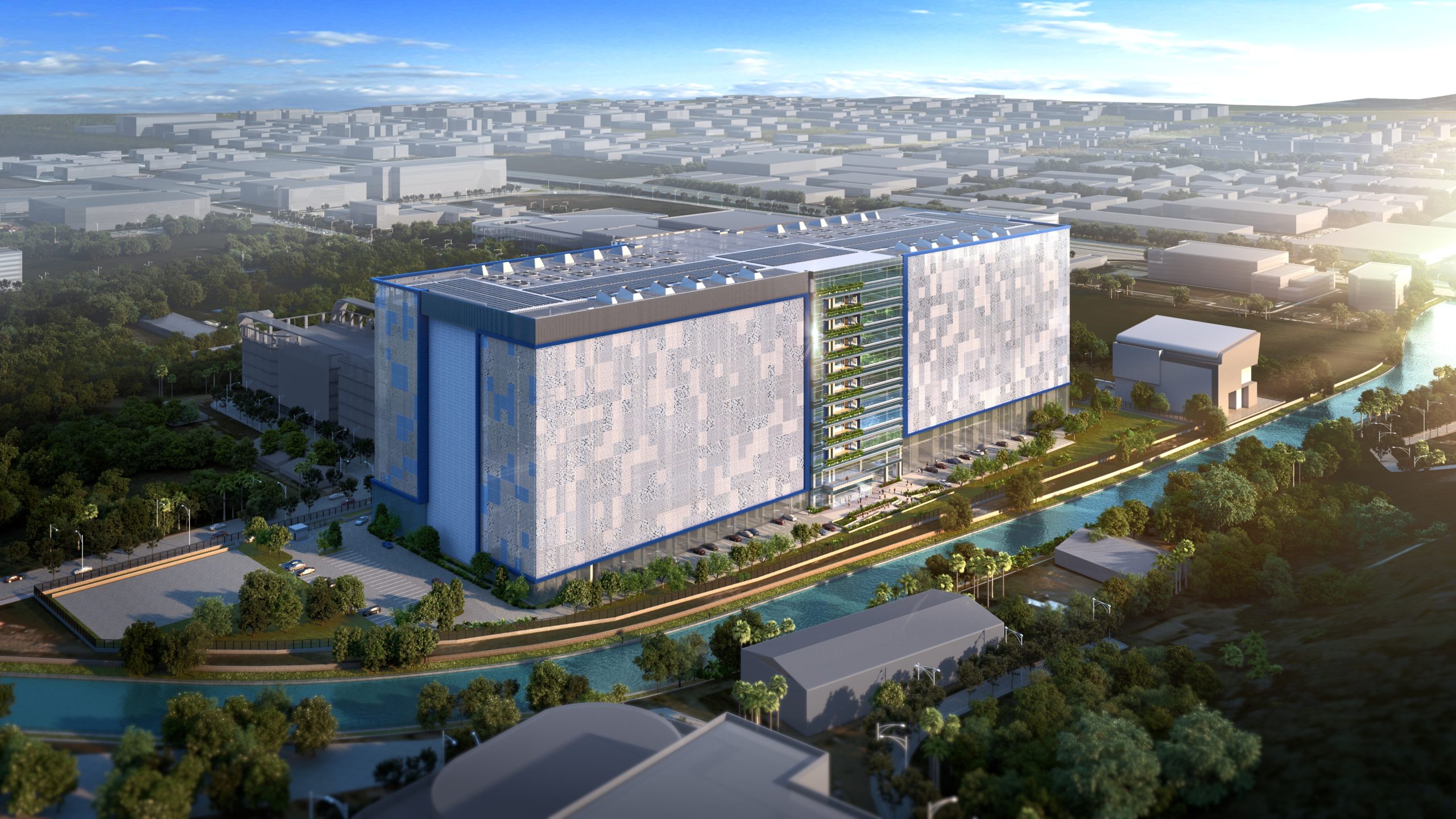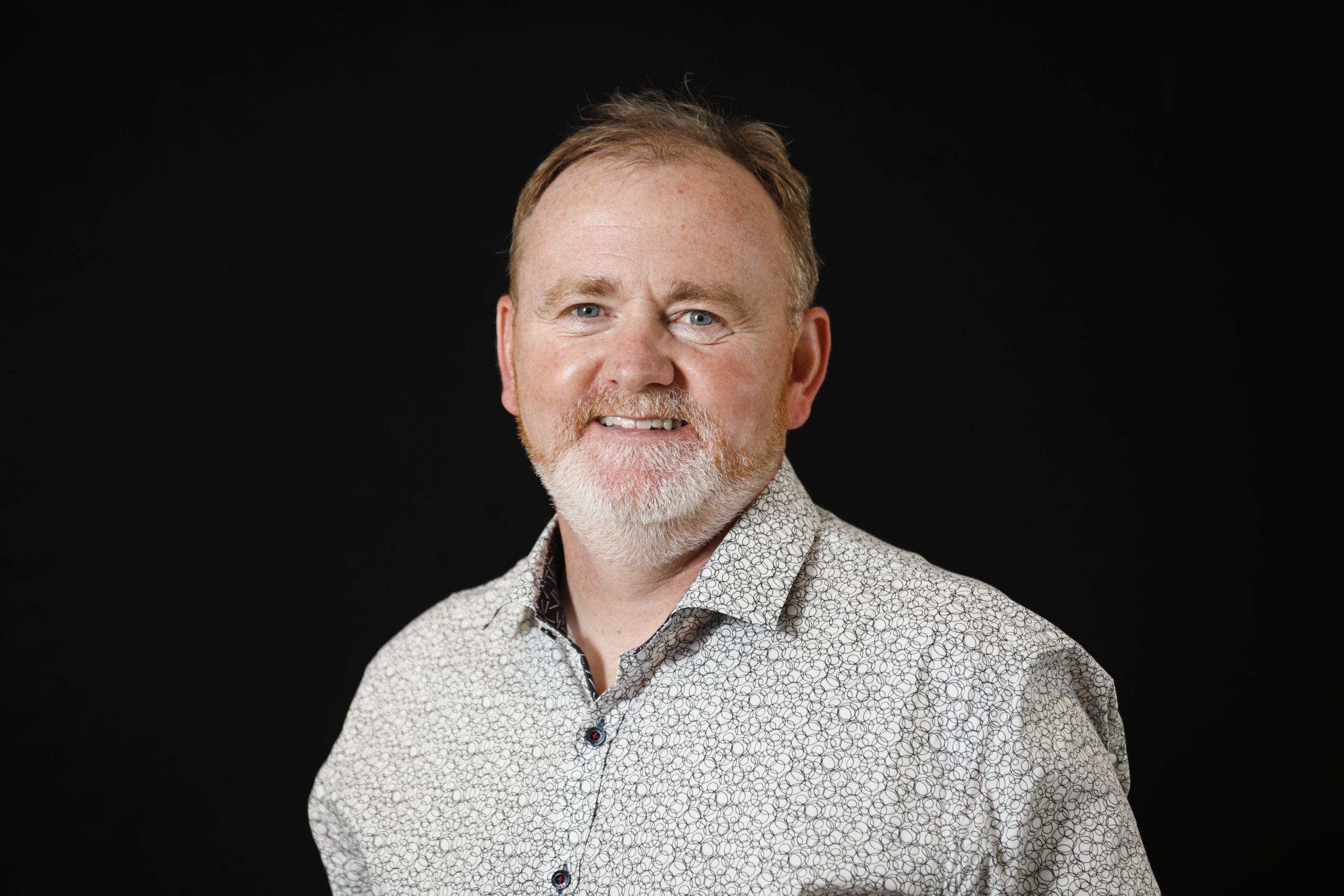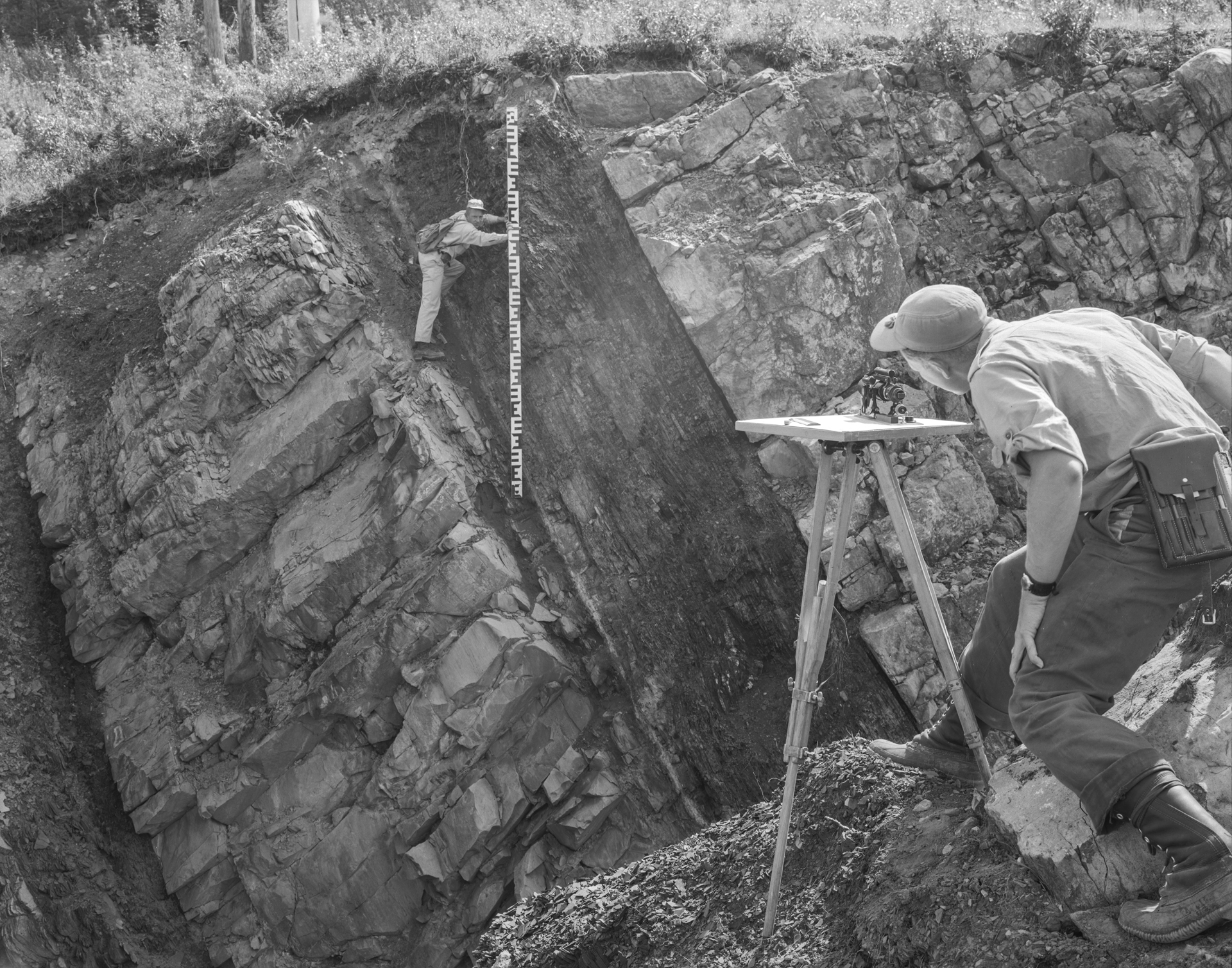APEGA Photo
Alberta Engineer Brings 21st-Century Solutions to Billion-Dollar Problems
Never underestimate the dreams and ambitions of a 10-year-old boy. Francis L. Kiasisua, P.Eng., MBA, is changing the world by systematically breaking down problems. And he is doing it all right here in Alberta.
Why he became an engineer is a journey that started 12,854 km from Edmonton. As a child growing up in Kinshasa, Democratic Republic of the Congo (DRC), he dreamed of one day bringing power to every home—currently only nine per cent of the population has reliable access to electricity. His pursuit of electrical engineering led to a scholarship opportunity and the long journey north to study in Canada.
Now, as Facebook’s program manager for the Strategic Business Alignment team, Kiasisua is combining his electrical engineering background with the business management skills he learned attending Oxford’s MBA program. He is building on this knowledge by working towards a master’s degree on public policy from Harvard and a management science degree at MIT—all while working remotely from home in Edmonton due to the COVID-19 pandemic.
“My reason for studying outside of engineering is to gain more exposure on the management side of a project and to better understand how other areas of study, like economics and public policy, affect my work. As a professional engineer, I can now navigate those constraints and make a bigger impact on projects beyond being someone who just designs electrical systems,” explains Kiasisua.
From the time he was only 10 years old, Kiasisua dreamed of one day bringing electricity to everyone in his home country, the Democratic Republic of Congo.

Photo courtesy of Francis K. Kiasisua, P.Eng.
Choosing Alberta to Power Career Growth
Before he was building data centres around the world, he was learning everything he could about how electricity moves from the grid to powering lights at home.
“After earning my electrical engineering degree in New Brunswick, I was looking to see where I could work within Canada to deepen my knowledge of practice in the energy sector. Alberta is the centre of energy in Canada, and I wanted to be in a location where businesses are offering more opportunities to young people so they can grow faster in their career. I saw that Alberta had more of those opportunities than anywhere in Canada,” says Kiasisua.
Working with ATCO designing power-distribution systems early in his career brought him closer to his dream. As the design lead for large industrial and renewable projects, he saw how the designs he stamped on the drafting table turned into real-world solutions built from the ground up.
“The work at ATCO allowed me to see my engineering work grow from conception to implementation. I saw the design and then went outside to see the construction. This was experience I didn’t have before. I now knew what worked and didn’t work from a construction standpoint, and it changed the way I made my designs,” says Kiasisua.
Big Data and Billion-Dollar Builds
Kiasisua’s current day-to-day is managing a team of experts who oversee the infrastructure development for all of Facebook’s 17 data centres. These buildings serve one purpose: to power the servers that store all of the images, videos, posts, and personal data of Facebook’s 2.6 billion users.
These massive data centres use ground-breaking technology and design. For example, the data centre being built in Singapore is 170,000 square meters, supported by 100 per cent renewable energy, including a StatePoint Liquid Cooling (SPLC) system that evaporates outdoor air to cool servers.
According to Facebook, based on their testing for different locations, they anticipate the SPLC system can reduce water usage by more than 20 per cent for data centers in hot and humid climates and by almost 90 per cent in cooler climates, in comparison with previous indirect cooling systems. The system will not only protect their servers and buildings from environmental factors, but it will also eliminate the need for mechanical cooling in a wider range of climate conditions and provide additional flexibility for data center design, requiring less square footage in order to cool effectively.
“I act as a type of internal advisor to the executive. Before they can make decisions, I guide teams to perform full, cross-functional assessments and vetting of any new ideas and technologies proposed for existing, new, and future Facebook data centres. This includes assessing the financial impact, the policy impact, and the community impact. I put all of these into the equation and present them to the executive so they make better decisions,” explains Kiasisua.
Facebook’s Singapore Data Centre, currently under development, will feature state-of-the-art technology, including a StatePoint Liquid Cooling system, and support 100 per cent renewable energy.

Photo courtesy of Facebook
Solving the Problem of Getting Power to the People
Despite working so far from home, Kiasisua is closer than ever to achieving his dream of bringing electricity to every home—no matter how remote—in the DRC.
“I see myself applying all this knowledge and experience to my next role, which is helping my home country grow from 9 per cent to 100 per cent access to electricity. I might not be the one at the top of the country making decisions at that level, but if given the opportunity, it’s going to an advisor’s role working with people within the government to provide them with facts on the technology, and the economic, public policy, and financial opportunities, so they can make decisions that are going to help bring electricity to the 90 per cent of people who do not have access to it.”
Francis Kiasisua, P.Eng., was inspired to become an engineer when he was a child growing up in Africa. This video provides a personal account of why he became an engineer.



